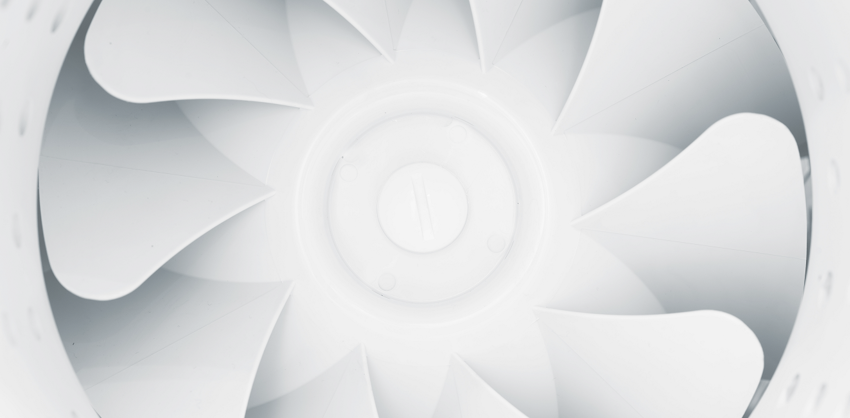How do ventilate?
Ventilation moves outdoor air into a building or a room, and distributes the air within the building or room.

We need fresh air and good ventilation
Ventilation is mainly used to control indoor air quality by diluting and displacing indoor pollutants, i.e. polluting contaminants from building and everything inside.
Ventilation is also used to control indoor temperature, humidity, and air motion to benefit and provide thermal comfort & satisfaction for buildings' living inhabitants — people, animals and plants.
We need to ventilate buildings and ventiation must satisfy several different criteria. It must be reliable, flexible, well-functioning and adaptable. And above all, it must be responsive to different needs and unusual events.
And typically, ventilation should be intentional and controlled introduction of outdoor air into an indoor space — at the right time and within the right conditions.
Important terminology used in ventilation

Do you know how ventilation works?
Do you know that natural ventilation is historically the most widely used ventiation in residential and other types of buildings? Today, buildings have modern windows that are airtight and efficient, so natural ventilation (via infiltration) is limited to only small amounts of air exchange and natural ventilation (via airing/windows opening) often takes too much effort for building occupants.
Do you also know that the first strategy for ventilation (both for natural and mechanical ventilation, or hybrid) is to eliminate the pollutant source. Because the source control is the most effective and preferred method of providing good indoor quality for people in most cases. And this is usually done via controlled ventilation, i.e. usually changing ventilation rates.
Hybrid ventilation is neither entirely natural, nor entirely mechanical. It is neither the purest, nor the simplest strategy. However in some cases, it could be the best solution to meet the ventilation needs of the space, whilst minimising the cost, maintenance and energy consumption implications.
The air exchange from outside to inside of buildings happens in these ways — naturally or mechanically, or in a combined/hybrid way.
- Unintentional via air leakages from windows, doors, and various holes such as joints and cracks in the building envelope. This is often uncontrolled and also known as 'infiltration'.
- Intentional via 'natural' ventilation, through opening windows/doors and air vents for deliberate venting by people and for people.
- Full 'mechanical' ventilation, to add additional and fully controllable airflow within buildings to provide a good indoor environment.
- 'Hybrid' ventilation that combines natural ventilation and powered ventilation, that is switching between the different systems at different times of the day or season of the year. This is often also referred to as 'mix-mode ventilation'.
Natural, mechanical and hybrid ventilation - A bundle of information for everyone
Under the principle of the human right to health, everyone has the right to breathe healthy indoor air.The Right to Healthy Air, World Health Organisation, 2000